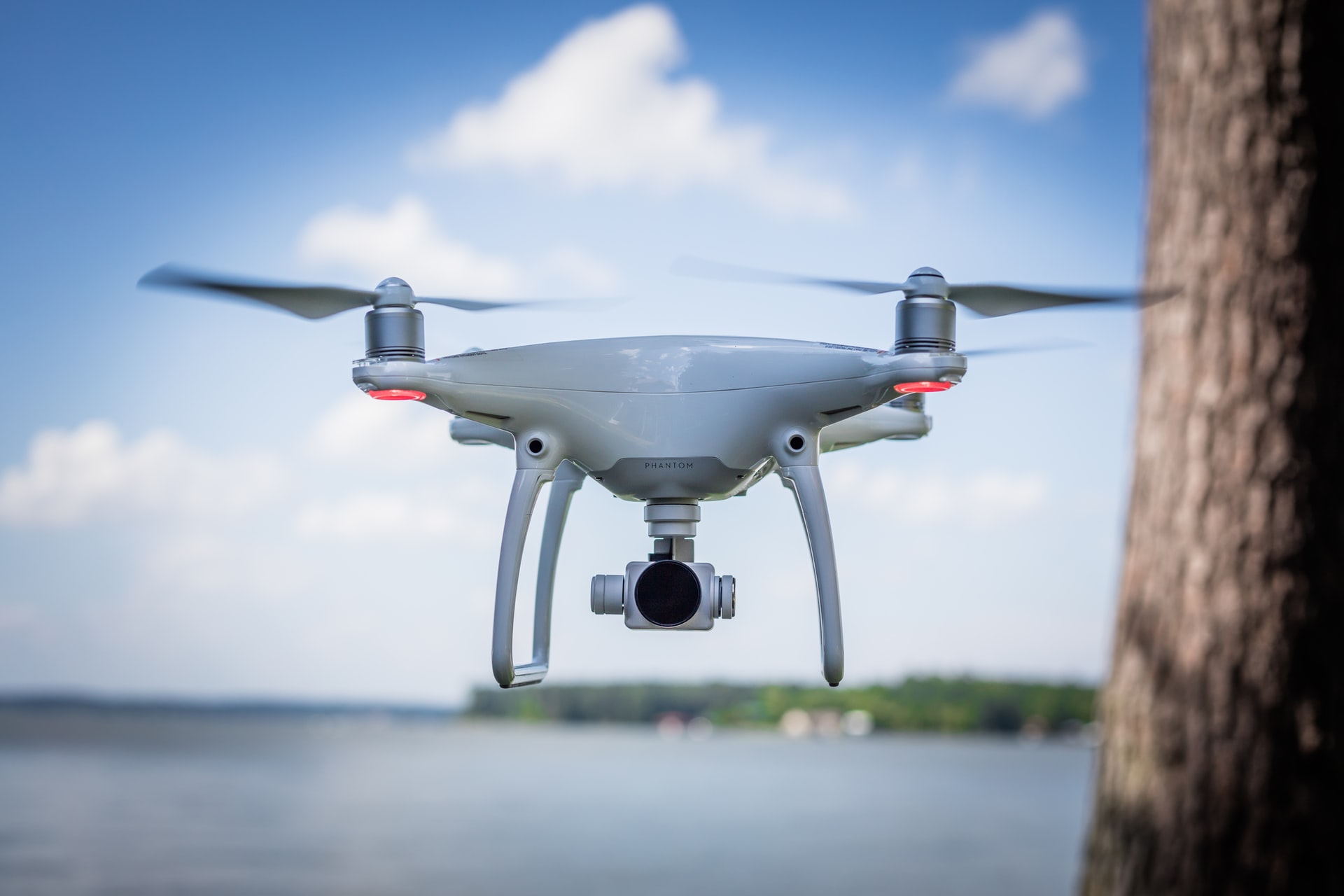

Most of the time, we just accept the sounds that surround our everyday lives without a second thought. But our world didn’t always sound this way. Our cities and towns make completely different noises now than they did fifty or a hundred years ago, and they’re continuing to change every day. So, what will our world sound like in a few decades? Could we turn it into an auditory utopia?
If we want to live in a future full of sounds that make us feel good and with fewer of the ones that make our teeth clench, we’ve got to start designing our soundscapes more deliberately. That means studying how different sounds affect us—and how the devices we use and buildings we create alter what reaches our ear drums—and using that knowledge to dial in on better aural environments.
The search for such a sonic utopia is the focus of this week’s episode of Twenty Thousand Hertz, a TED podcast all about sound. Host Dallas Taylor talks to several experts on infrastructure, acoustics, and the future of technology to explore why some parts of our existence are on track to get a lot noisier.
One area of tech that poses a particular problem when it comes to noise pollution: Drones. Amazon is currently working on strategies to deliver small items directly to customers using small, uncrewed aircraft. As Taylor and his guests explain, the drones that would do the job are tiny, but they’re also quite noisy. A sky full of the high-pitched buzzing heard in drones currently on the market would no doubt set a whole city’s teeth on edge.
But mimicking the right sort of birds could provide a simple solution. While some birds make lots of noise with their wings as they ascend—pigeons, for example, make such a kerfuffle as their feathers rub against one another that most folks assume they’re hearing the bird vocalize—owls are almost preternaturally quiet. Humans can only hear an owl take wing if they’re around three feet away or closer. Acousticians believe this noise reduction is due to the way owl feathers are formed: they have ragged edges and a loose, wavy structure.
Check out this video clip to hear the drastic difference between a pigeon take-off and an owl take-off:

Unfortunately, our feathered friends aren’t likely to save us from the cacophony of small delivery drones in the immediate future. Researchers are still hard at work on comprehending the mechanisms behind stealthy owl flight, and adapting those insights to create quieter planes and drones will take even longer.
For more on how planes, trains, automobiles, and IRL pop-up ads might change your sonic environment in the coming decades, check out the episode of Twenty Thousand Hertz embedded above.
